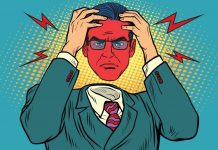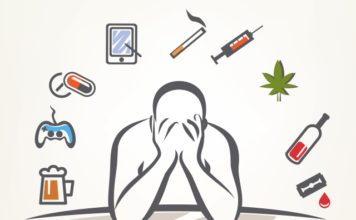Swine flu (H1N1 flu)
Technically, the term "swine flu" refers to influenza in pigs. Occasionally, pigs transmit influenza viruses to people, mainly to hog farmers and veterinarians. Less often, someone infected with swine flu passes the infection to others.
The human respiratory infection caused by a particular influenza virus H1N1 strain — popularly known as swine flu — was...
Migraine
Diagnosis
If you have migraines or a family history of migraines, a doctor trained in treating headaches (neurologist) will likely diagnose migraines based on your medical history, symptoms, and a physical and neurological examination.
If your condition is unusual, complex or suddenly becomes severe, tests to rule out other causes for your pain might include:
MRI. An...
Insomnia
Insomnia is a sleep disorder. It is trouble falling asleep, waking in the middle of the night or waking very early in the morning. Insomnia may also be a sleep that is not restful.
Insomnia is often a short term problem. If it last more than 4 weeks it is considered chronic insomnia.
Causes
Insomnia can occur...
Common Cold
Diagnosis
Most people with a common cold can be diagnosed by their signs and symptoms. If your doctor suspects you have a bacterial infection or other condition, he or she may order a chest X-ray or other tests to exclude other causes of your symptoms.
Treatment
There's no cure for the common cold. Antibiotics are of no...
How Do Antibiotics Work?
What’s an antibiotic?
Antibiotics are medications used to fight infections caused by bacteria. They’re also called antibacterials. They treat infections by killing or decreasing the growth of bacteria.
The first modern-day antibiotic was used in 1936. Before antibiotics, 30 percent of all deaths were caused by bacterial infections. Thanks to antibiotics, previously fatal infections are curable.
Today, antibiotics...




































